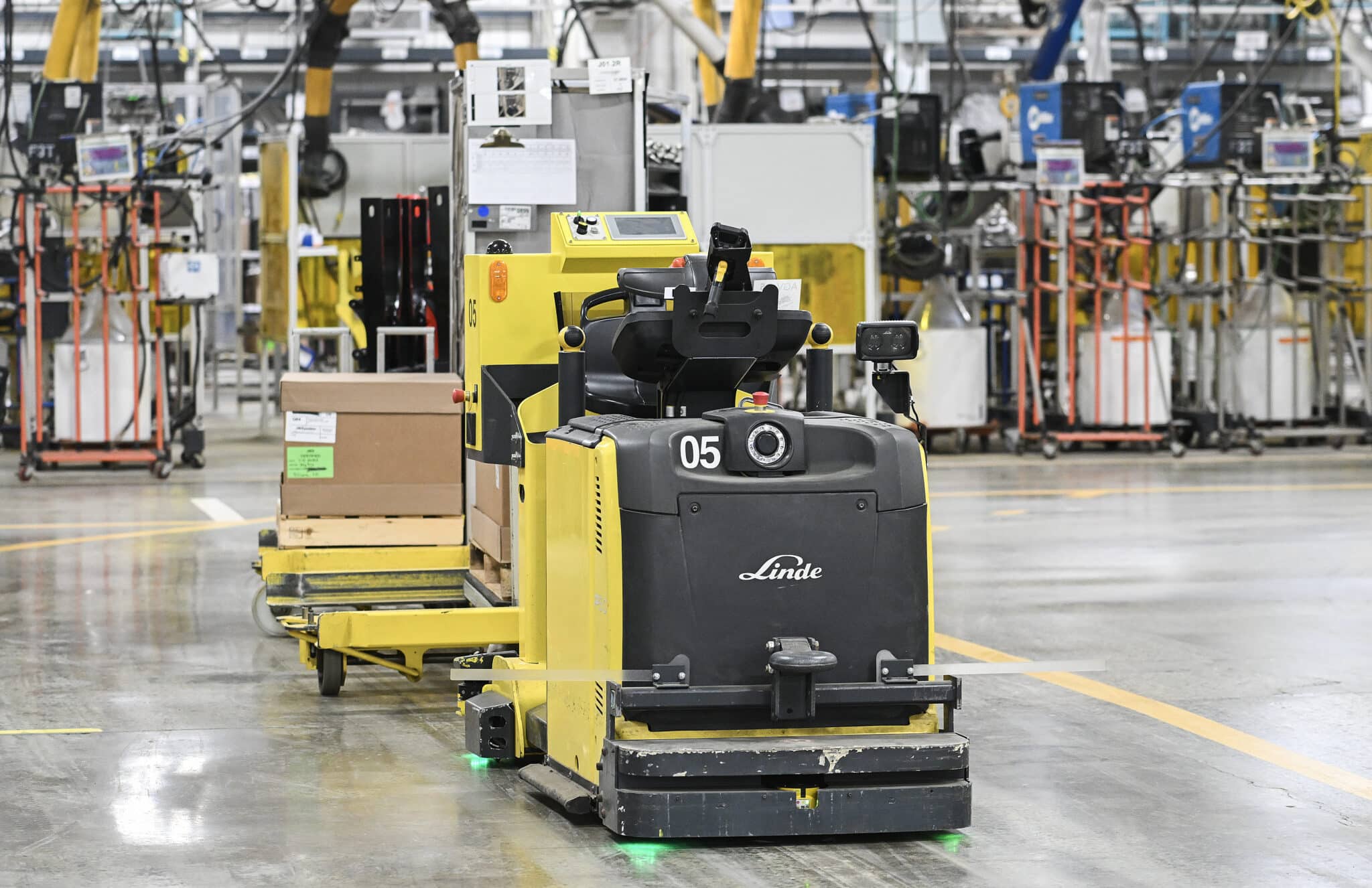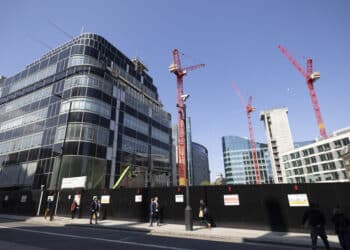Lenders bullish on manufacturing, construction equipment sectors
Industrial machinery market could surpass $2T by 2037
Equipment lenders are zeroing in on the manufacturing and construction sectors amid new tax breaks, materials handling innovations, reshoring efforts and strong residual values.
The U.S. material handling leasing and finance market, which includes manufacturing equipment, is projected to grow 73.4% to $16.3 billion by 2032 from $9.4 billion in 2024, according to Verified Market Research. The global industrial machinery market is expected to more than double to $2.1 trillion by 2037, with North America obtaining 48.6% of revenue share, according to Research Nester.
Common types of manufacturing equipment include forklifts, conveyor belts, electric generators, drilling machines and air compressors.
Lenders are bullish on the manufacturing equipment sector largely because of reshoring in the United States, tax breaks under President Donald Trump’s One Big Beautiful Bill Act and advancing materials handling technologies, Mark French, president of Atlanta-based Crest Capital, told Equipment Finance News.
“Reshoring will be a ripple effect. When major manufacturers sign long-term domestic contracts, their suppliers need new [computer numerical control] machines and automated handling systems to meet the volume,” he said. “One Big Beautiful Bill Act’s 100% expensing will probably pull three years of purchases into the next 18 months. Everyone’s talking about accelerating automation plans to capture the tax benefit.”

Equipment lenders can help borrowers capitalize on new tax benefits by mapping every funded asset that could be considered qualified production property, allowing buyers to “claim the act’s 100% immediate deduction even on used equipment,” French said.
Infrastructure, values spark construction financing
Equipment lenders are also bullish on the construction sector, especially when providing financing to roofing contractors, granite contractors, landscaping companies and small construction firms, Eduardo Cruz, president of Addison, Texas-based Commercial Equipment Financing, told EFN.
Values of equipment commonly used by these businesses typically hold steady, mitigating risk for lenders, he said.
Strong relationships with dealers are crucial to taking advantage of growth opportunities in construction finance, Cruz said.
The main growth driver “has to be the vendor-partner relationships that you have and the technology that you’re putting behind that relationship to make everything more efficient and fast and seamless as humanly possible,” he said.
Increased infrastructure spending is also fueling lenders’ confidence in the construction segment, Crest Capital’s French Said.
Infrastructure project starts are projected to rise 10% in 2025 to $360 billion, according to the Dodge Construction Network.
Check out our exclusive industry data here.









